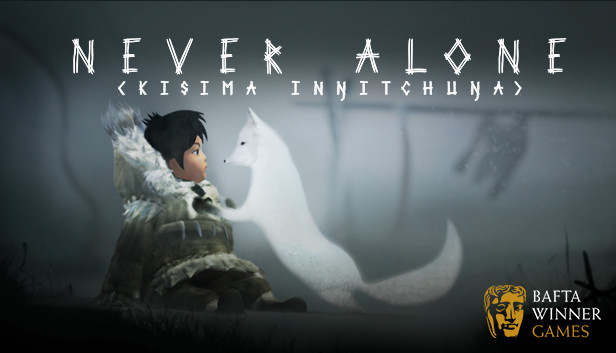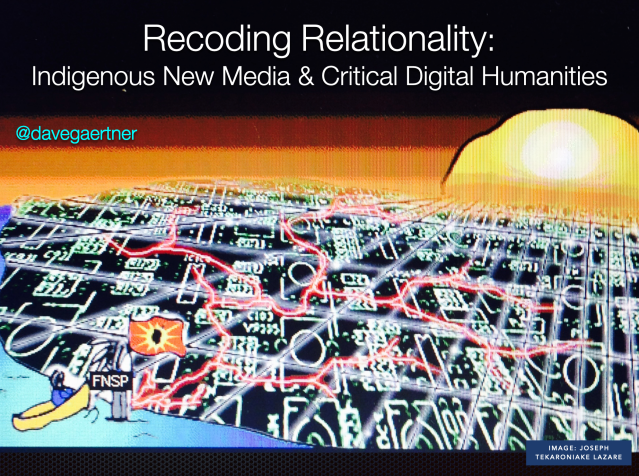
I asked ChatGPT to help me address the problem of invisible labour, including the exploitation of students and staff, in the digital humanities. The conversation includes ChatGPT’s thoughts on how artificial intelligence can help to address these issues.

Unlock the secrets of video game ancestry for a deeper, more transformative gaming experience by understanding the networks and relationships that influence it

Never Alone remains one of the best-selling, Indigenous video games of all time. Understanding how the game uses adaptation provides deeper insight into that success.
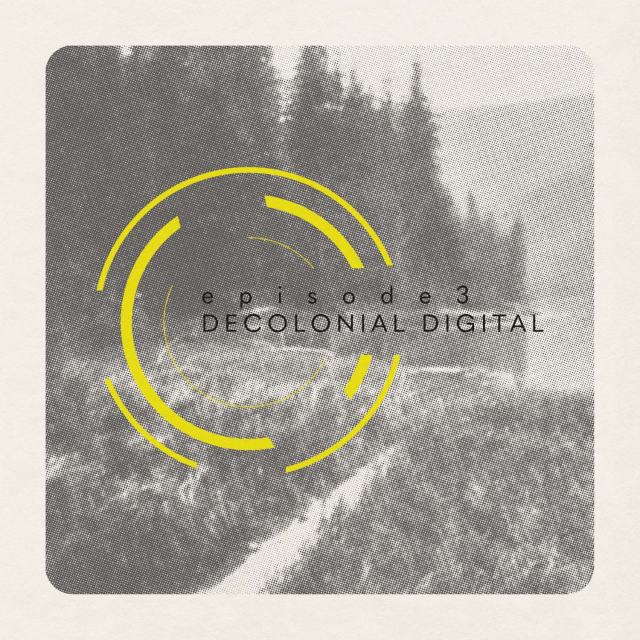
In Episode 3 we discuss how people studying and working in Indigenous studies and DH understand and define digital technologies. We also introduce some of the politics involved in working across and between these fields.

A reading list on new media and social justice that looks at how technology and social media affect society. Read these books if you want to know how new media impacts our lives.
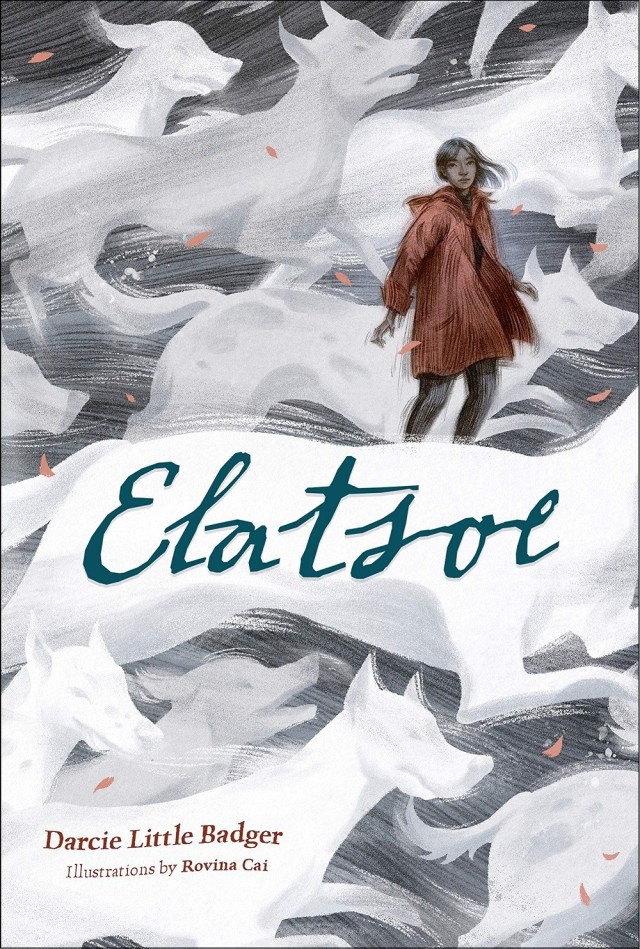
This in-class exercise is based on Darcy Little Badger’s novel Elatsoe and chapter four of Daniel Heath Justice’s Why Indigenous Literatures Matter Indigenous wonderworks are neither strictly “fantasy” nor “realism,” but maybe both at once, or something else entirely, although they generally push against the expectations of rational materialism. They rooted in the specificities of […]
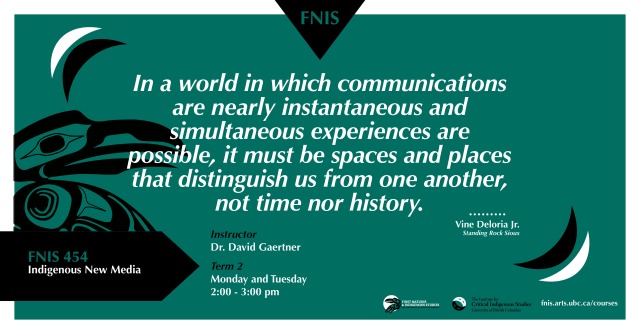
Six digital humanities assignments to use in Indigenous studies classrooms. Including Wikipedia, Twine, Netlytic. Audacity and more.

